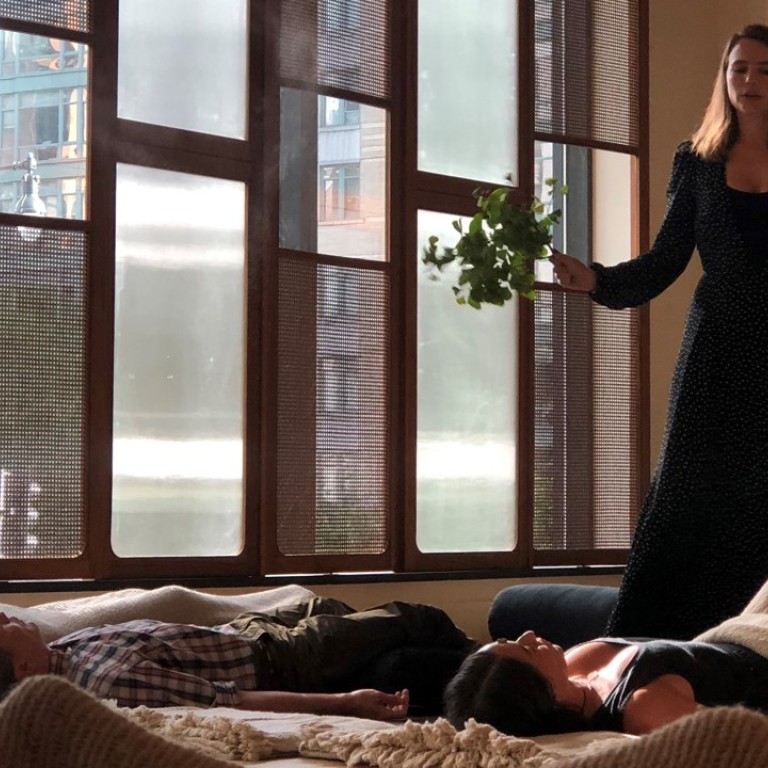
Shamans-for-hire lead latest wellness revolution – dust off your crystals and singing bowls
Like the seekers of the 1960s and ’70s, a new generation of self-care devotees is taking up New Age beliefs and practices – and there are people on call to help them
Twenty souls sprawled on the floor of the hotel wellness spa, swaddled in earth-toned blankets. Their eyes were closed. A jelly-bean-sized crystal rested on each forehead.
Shhwwwoo! That was Deborah Hanekamp, audibly sucking up the air as she placed her hands on one of the young women, who trembled at the touch.
How meditation can make Hong Kong healthier
A stylish woman in her late 30s, with a wrist tattoo peeking from her long, flowy dress, Hanekamp is a modern shaman, the preferred healer of New York’s fashion crowd – though on this day she was chanting for an audience on Washington’s K Street power corridor.
She’d come to give a “medicine reading”, a ceremony that at various points had her shaking a rattle and letting loose a musical wail, spraying strange, fragrant concoctions into the air and stalking the room with a leafy branch, which she rhythmically tapped on the supine bodies below.
Among them was Myra Chung, 26, who later described the experience as connecting to the greater vibes of the universe. “It’s all about energy, you know?” she said. “Kendrick Lamar said that. ‘I can feel your energy from two planets away.’”
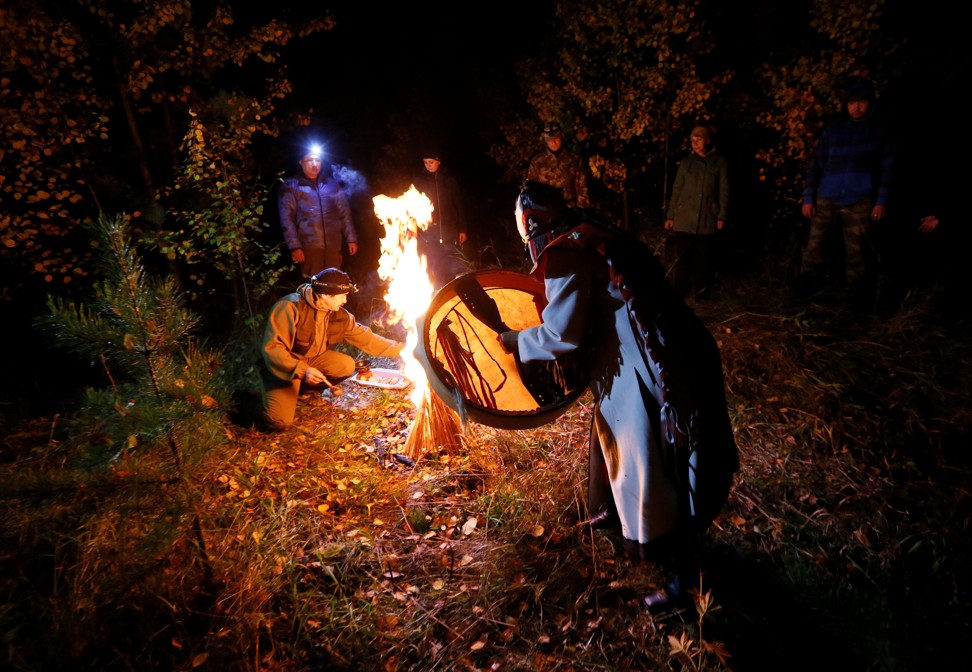
Wellness, the 2018 Edition, certainly seems to be catapulting us further into the astral plane. Like the seekers of the 1960s and ’70s, a new generation of self-care devotees is taking up ceremonial sage burnings (known in New Age circles as “smudging”), singing bowls, Japanese reiki, crystals, Mayan sweat lodges and ayurvedic massages. Sephora is selling a US$160 rose-quartz Crystal Energy Comb. And the spiritually lost are seeking face time with shamans – in the case of Hanekamp’s clients, paying US$325 an hour for the privilege.
“There’s a more inner, profound searching that I’m seeing in myself and a lot of people around me,” says Katherine Lo, the millennial executive and daughter of the Hong Kong hotel billionaire Lo Ka-shui behind Eaton Workshop, the new hotel/club/workspace hybrid in downtown Washington that hosted Hanekamp’s ceremony. Another Eaton Workshop recently opened in Hong Kong.

Eaton is now contracting with its own shamanic consultant. Lo’s personal mid-20s emotional fugue took her to a Zen monastery, a famed Big Sur, California retreat, and finally, to a shamanic workshop in the US state of Arizona. There, she says, she was induced into a trance by drumming.
“You learn on one level to just connect to nature and start to receive messages from nature,” she says.
“It’s bringing information from the invisible,” adds François Demange, the Eaton’s on-call shaman. “Somehow, I believe that’s what people are looking for – having access to more than what the world is giving them.”
“I hate to use ‘cultural moment,’” says Lo. “But all my peers are searching for this, when they wouldn’t have cared 10 years ago.”
A 99-year-old yoga teacher’s secrets to keeping the vigour of youth
For most of us, “shaman” may evoke images of headdresses and trippy nights in the forests of South America. But there’s no one kind of shaman. The word itself is said to hail from Siberia, and shamans have existed in many forms around the world for centuries: in Korean cultures, they’re called mudang; in Yoruba, babalawo; among the Bedouins, fugara.
What they have in common, says Susan Mokelke, president of the 35-year-old Foundation for Shamanic Studies in Mill Valley, California, is an ability to converse with spirits.
“Shamans alter their state of consciousness,” she says. Whether they do that with mind-bending drugs or with a steady beat of a drum, they aim to journey mentally into the depths of another realm. “They acknowledge there are two realities,” she adds.
Her foundation, started by anthropologist Michael Harner, promotes an amalgam of shamanism from Harner’s studies around the world, says his widow, Sandra Harner. “It’s acultural,” Harner says. “It was important that we weren’t stealing anybody’s spiritual property.”
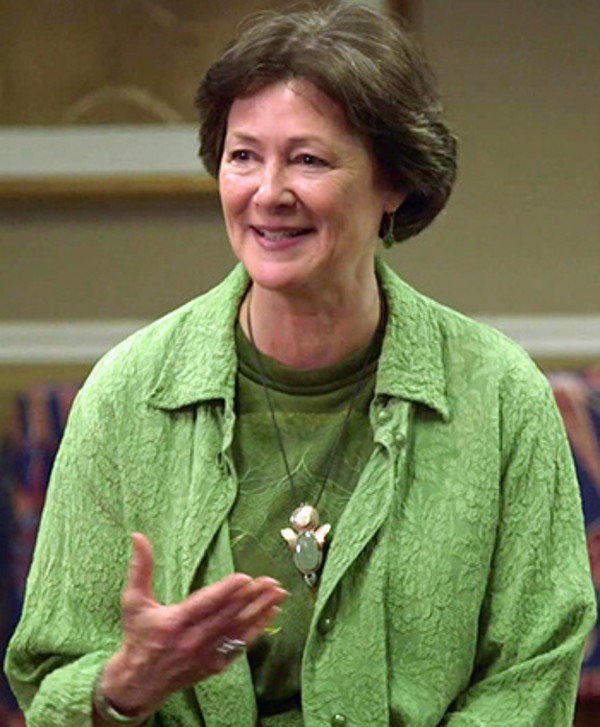
But the shamans of this resurrected New Age have broadened their services. In Miami, the spa at the Faena Hotel enlisted a Mexican shaman to oversee its “healing” treatments, which aren’t exactly massages so much as spiritual greasings-up (starting at US$300), complete with “Sacred Oils, butters, resins, healing stones and poultices,” according to the menu.
In the eco-chic Mexican holiday destination of Tulum, shamans lead sweat lodges known as temazcals, drawing seekers nursing broken hearts or stressed-out minds. You can find shamanic drumming playlists on Spotify.
For some seekers, the allure of shamanism can be slightly more illicit. Some shamans, including Demange, offer ayahuasca, one of the buzziest drugs of the year and a potent ceremonial psychedelic that turns shamanic journeys, into, well, full-on trips.
Some shamans do not even call themselves shamans – Hanekamp does not, for example – but for many it’s part of their marketing.
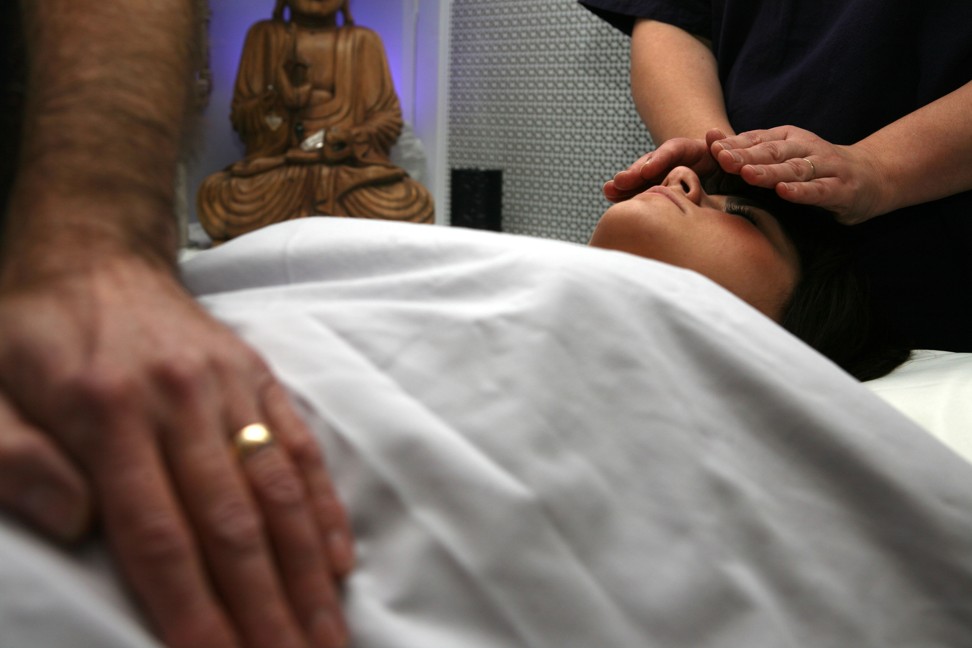
Colleen McCann is a former fashion stylist who now offers a full array of shamanic services – crystals, sage-burning, energy-channelling – for a client base of music executives, admen, fashionistas, Wall Street titans and staffers for the lifestyle empire known as Goop (she is its in-house shaman and crystals expert). One of her specific market niches: scrubbing bad energies from their wardrobes.
It all started one night a decade ago, she says, when she was trying to get a 2am sandwich at a New York bodega. She was struck by a clairvoyant vision – a voice, really, that warned her of a fight that was about to occur over the price of the bananas. What followed was a long string of coincidences, strange encounters and psychic consultations, somehow culminating in her enrolment in shaman school.
Can nada yoga help ease stress and focus the mind? We find out
Speaking during a break at her own shamanic workshop in Nashville, in the US state of Tennessee, McCann compared herself to social-media trendsetters, who can sway followers’ purchases, clothing choices and more. “People say, ‘You do not look like a shaman.’ Which I take as a huge compliment actually, because we’re seeing healers diversify and go into different spaces than they normally would.”
Her spin just happens to be one part Old World, and one part Instagram.
Dana Robinson, a teaching associate with the foundation, has been a seeker since his college days in Washington, in the 1960s. He dabbled with meditation and the Rajneesh movement (the same one chronicled in the Netflix series Wild Wild Country). Then he found shamanic traditions.
Now, over the course of two-day workshops, he shows students how to journey to those worlds, too – one of which he describes to me as something like Alice tumbling down the rabbit hole.

We decide to try to see whether I can journey. Robinson lays out some rules of engagement for entering this otherworldly place, telling me to try to find a hole or staircase in my mind, something familiar, and follow it to what he calls the “lower world”. He beats a drum to help me mentally check out of this one.
Somehow, I believe that’s what people are looking for – having access to more than what the world is giving them
Shamans say most people can journey. But the rabbit hole eludes me.
After all, Hanekamp has dubbed her New York business Mama Medicine. McCann “prescribes” crystals to her clients. Still, she clarifies that seeing a shaman should not replace a visit to a doctor. “East and West medicines, old and new, both have a place and should play together,” she says. “It’s so important to try everything.”
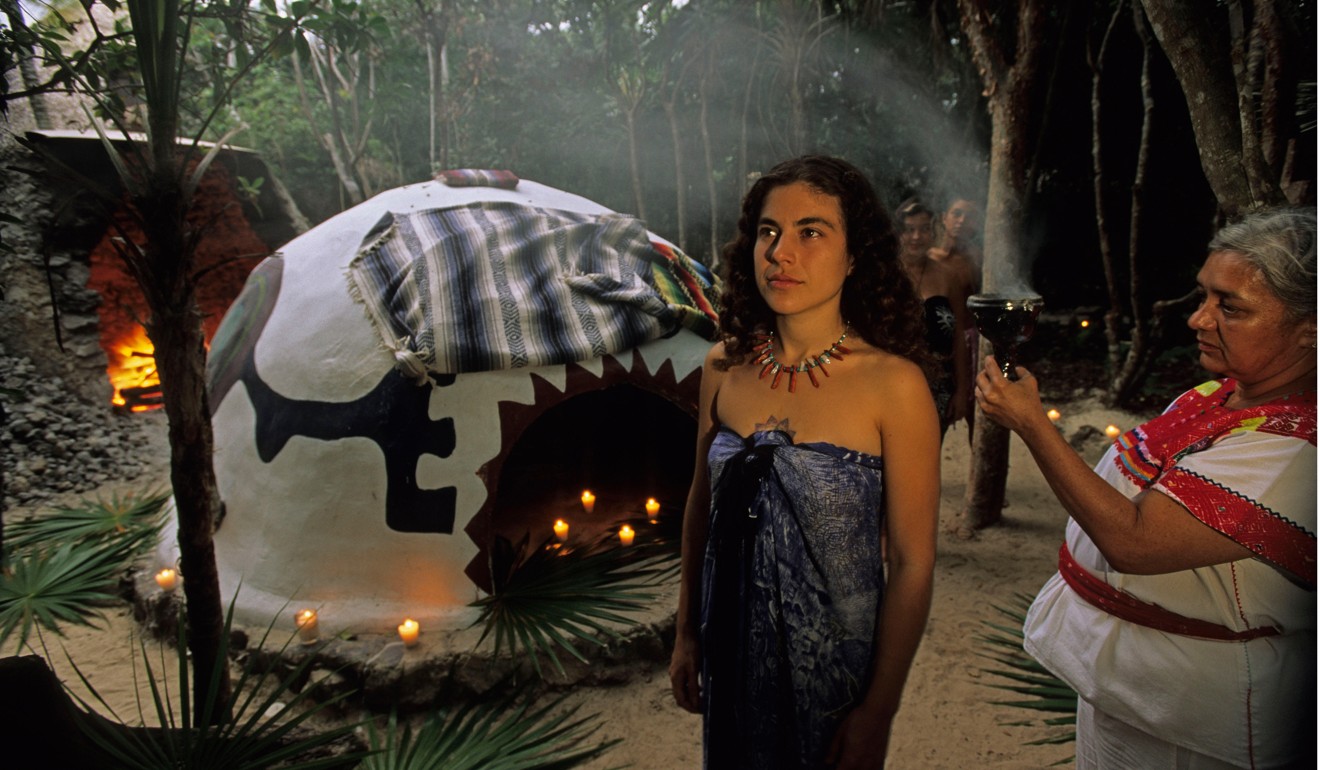
Heather Mikesell, executive editor of the trade magazine American Spa, ventured into a temazcal on a recent trip to a Mexican resort, where soul cleansing is listed on spa menus alongside massages and facials.
The memory is hazy, naturally. “You’re just sweating in there,” she says, in the dark, with a bunch of strangers and a shaman, who posed just one question to contemplate: what did she want? The question was probably existential. “But it was intense,” she says, laughing. “You’re in there for like an hour, and you reach a certain point where you’re like, I just need air.”
Inside Hong Kong’s mysterious world of out-of-body experiences
This year, American Spa listed “intentional” wellness and crystals as two of its biggest trends.
“We’re so tethered to technology, all this plays into that,” explains Mikesell. “I think people really love rituals. I think we’re going to look for other ways to feel ‘in’ our bodies. People want their chakras aligned.”

